An entitlement to workers’ compensation is reliant on the relationship of a worker’s injury to work.
Journeys and breaks
Injuries that occur on work premises while a person is working are easily identifiable as occurring at work. However it is not always simple to determine whether or not a person was working when injured. Table 4.7 provides information on the variations between the jurisdictions regarding whether or not they provide workers’ compensation coverage for people who are injured on:
- journeys to and from work
- work-related travel
- breaks spent at the work premises, and
- breaks spent outside the work premises.
Definition of injury
Workers’ compensation schemes generally deem that a worker is entitled to workers’ compensation if they have an injury that arises out of, or in the course of, employment. It is therefore essential for workers to establish that they have an injury as defined in the relevant legislation.
Although the everyday ordinary meaning of injury is any harm caused to a person’s body as a result of any form of trauma, each jurisdiction places limits on the term injury and defines it differently. To determine whether an incident falls within the definition of injury, several factors need to be considered. Refer to Table 4.8 for more information.
Relationship to employment and contribution of employment
Where any incident has occurred in the workplace, it needs to be determined that there is a relationship between the injury and employment before the worker can claim workers’ compensation. In addition, a worker’s employment has to contribute to the injury to a certain extent before a worker is entitled to compensation. Table 4.8 provides information on how each jurisdiction defines injury, its relationship to employment and the contribution of employment to the injury.
Aggravation and acceleration
Sometimes employment is not the original cause of an injury; however, employment can aggravate or accelerate an existing injury. As at September 2015, aggravation and acceleration of existing injuries was covered in all jurisdictions. Refer to Table 4.8 for more information.
Industrial deafness
Industrial deafness is generally treated separately from other types of injury or disease. All jurisdictions have an impairment threshold in place for industrial deafness, which means that an injured worker is not entitled to lump sum compensation until they reach the threshold level. Table 4.9 illustrates the industrial deafness provisions in each jurisdiction.
